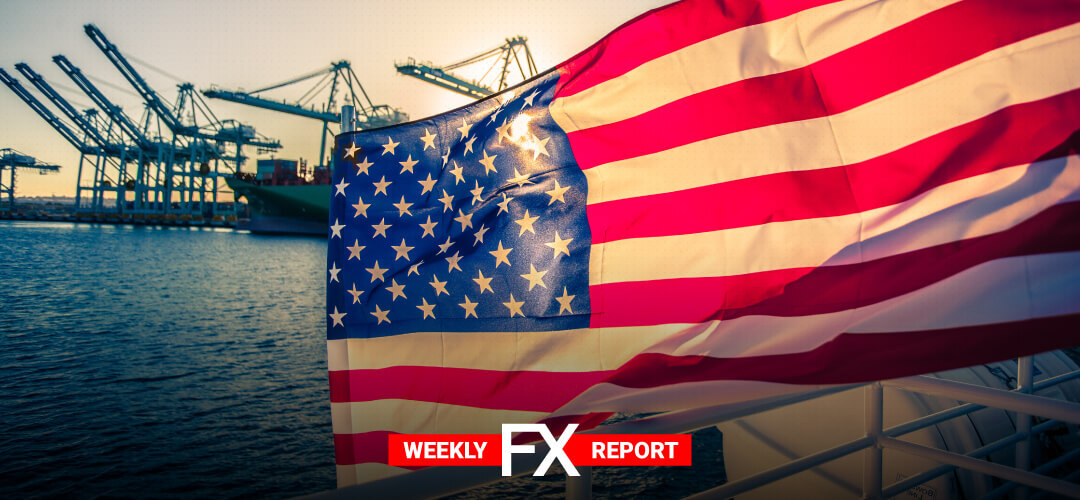Fears about the economic fallout from soaring COVID-19 cases and economies suffering deepest contraction on record force investors to take a step backwards.
At the same time governments struggle to agree on fresh support. Investors are now eyeing an impasse in Congress. U.S. lawmakers have not yet reached a deal on a new stimulus plan to provide further economic relief.
The US President Trump on Thursday suggested delaying the U.S. elections. Both Democrats and his fellow Republicans in Congress rejected the idea immediately. Congress is the sole branch of government with the authority to make such a change.
Critics and even Trump’s allies dismissed the notion as a non-serious attempt to distract from overwhelming economic data. On Monday, the White House said that there will be a U.S. election on Nov. 3 as planned.
The US economy contracted at a 32.9% annual rate from April through June, its worst drop on record. The COVID-19 pandemic destroyed consumer and business spending, potentially wiping out more than five years of growth.
The euro zone’s economy recorded its deepest contraction on record in the second quarter. The gross domestic product in the 19-country bloc shrank by 12.1% from the previous quarter. The outlook for next year onward got a slight boost after the EU leaders reached an accord on a 750-billion-euro stimulus package.
China, where the virus first detected, may recover faster economically than other major economies. However, China’s economy still relies on exporting to the rest of the world.
The risk of renewed lockdowns increases the chances that any rebound will move things forward. The global economy was expected to shrink 4.0% this year. That is down from -3.7% predicted in June, the sixth consecutive downgrade to forecasts from 3.1% growth forecast in January.
LQDFXperts – A step backwards for sentiment across markets
Soaring COVID-19 cases have been a step backwards for a swift economic recovery boosting the allure of safe-haven assets. Further, the US dollar’s drop this month has created space for a rebound in currencies hit hard in March.
EUR/USD showed strong gains for a third successive week last week. The dollar index lost more than 4% in July. Dollar had its worst month performance in a decade since September 2010. The greenback is down 10% from its peak in March. Sentiment on the euro has improved after EU leaders agreed last month to the economic recovery fund.
GBP/USD jumped 2.2% last week, as the pair enjoyed its strongest week since March. The pound had its biggest monthly rise in more than a decade as a dollar decline fuelled demand for the British currency. On a monthly basis, pound sterling is up nearly 6%. The greenback has fallen nearly 5% in July.
Dollar/yen slipped close to the 104 line during the week but managed to recover on Friday. The Japanese currency touched a 4-1/2-month high of 104.195. Japan’s GDP fell for a third successive quarter. On a quarter-on-quarter basis GDP shrank 0.6%.
AUD/USD posted slight gains. Yet the pair recorded a winning week for a sixth consecutive time, climbing as high as 0.7227. This was its highest level since February 2018. The Aussie was 1.4% on the week and 4.4% for July. The next big target is the $0.7296 top from early 2019.
USD/CAD was almost unchanged over the week. However, the loonie had its fourth straight monthly gain, its longest winning run in six years. Canadian domestic data showed the economy expanded more than expected in May. The Canadian dollar has benefited in July from a weakening of the U.S. dollar and from higher prices for oil.
The week ahead – Central Banks and Employment data in focus
Expectations for 2021 growth are modest given the historic downturn expected this year.
- On Tuesday (04.08) investors are waiting for the Reserve Bank of Australia Rate Decision. Investors will be keeping a careful eye especially regarding the tone of the statement, but they do not expect any change in the benchmark rate. The RBA will probably maintain interest rates at 0.25%, where they have been pegged since March. A dovish message from the RBA could dampen enthusiasm for the Australian Dollar.
- On Thursday (05.08) investors turn their attention to the Bank of England Rate Decision. The British economy still copes with the overwhelming impact of Covid-19. The BoE may probably maintain the official bank rate at 0.10%. Investors will be keeping a close eye on the quarterly monetary policy report, which will include inflation and economic growth forecasts.
- Friday (06.08) is overflowed with employment data. Investors are waiting for Canada and US Employment Report. Against all odds the Canadian economy created almost a million jobs in June, with a reading of 952.9 thousand. Will we see another strong gain in the July release? Further, in the U.S. wage growth has dropped for two straight months. Another decline of -0.5% is expected in July. The U.S. economy created 4.8 million jobs in June, but this will probably slow to 1.5 million in July.
Follow this week’s economic calendar.
PLEASE NOTE The information above is not investment advice.
Sources: Reuters, CNBC, BBC, The Guardian
